Solenoids
You want to move, slide, pull or push a component quickly and with low effort over a small distance? A lever, a latch or a lock shall be moved electrically? A device which was previously actuated manually shall be automated? You want to replace pneumatic cylinders by electrical drives?
Our linear solenoids are your solution.
We supply DC and AC solenoids, single acting solenoids, reverse solenoids and polarised solenoids as special solution for monostable, bistable or particularly energy-efficient actuator systems.
FAQ Single Acting Solenoids
What is a linear solenoid?
A linear solenoid is an electromagnetic actuator or – in short - electrical solenoid, which executes linear movements in case it is energized. Usual stroke ranges are between one and 30 mm for direct current devices, alternating current and linear solenoids create strokes up to 45 mm.
How does a linear solenoid work?
Like all electrical solenoids, linear solenoids are based on the principle of electrical magnetism: A copper wire coil creates an electromagnetic field as soon as electrical current flows. By suitable iron components, the magnetic field is transmitted in such a way that it adducts a flexible iron core – called armature – and moves from its initial to its final position. The movement conducted by the armature in case of energizing is called stroke and usually led from the inside to the outside of the device by a little rod, the armature rod. There, the movement can be gripped in order to activate a mechanical gadget or a valve.
What is the difference between an electrical and a linear solenoid?
There is no difference: linear solenoids are a special construction in the range of electronical solenoids.
Is there a possibility to increase the power of linear solenoids?
Basically, the force of an electromagnet depends on the current flowing through the coil. At the same time, the current flowing through the coil causes electrical power loss depending on the electrical resistance of the coil - the device heats up.
If the coil current is being increased, it must be observed, on the other hand, that the device does not overheat, being destroyed in extreme cases. As long as a device is operated in line with nominal rating conditions, it needs to be ensured by factory-made coil dimensioning that the device does not overheat.
By using a special coil dimensioning in connection to a control device, a so-called holding current reduction (Z KD H), the coil current can be increased for the duration of the adduction (armature moves into final position). Afterwards, the coil current is reduced to a so-called holding current.
For further information, please see our part lists of the holding current reduction Z KD H and single-acting high performance solenoids G TC A
Which kinds and/or models of linear solenoids are there?
If a linear solenoid works only in one direction, it is called single-acting solenoid. These may be pulling or pushing devices. There are also constructions which – subject to the kind of installation – may be implemented in pulling as well as pushing function. single acting solenoids do not execute reset movements. If the armature has to be moved to its initial position, it must be executed by an external force (weight or spring).
Reversal lifting solenoids move the armature into two operation directions. They have two coils. The operation direction depends on which coil is fed with current.
If a linear solenoid is constructed to be implemented in a valve, it is called valve solenoid.


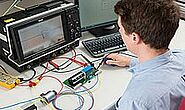
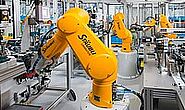
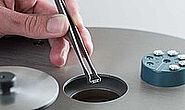
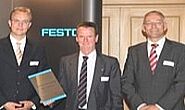
















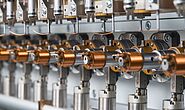
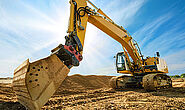


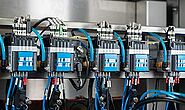

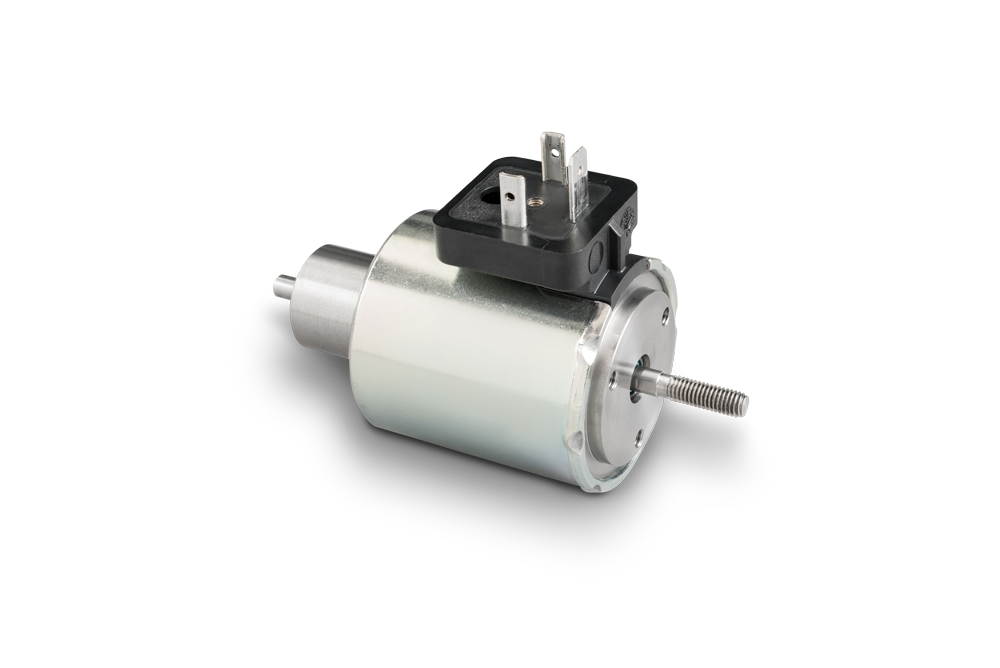
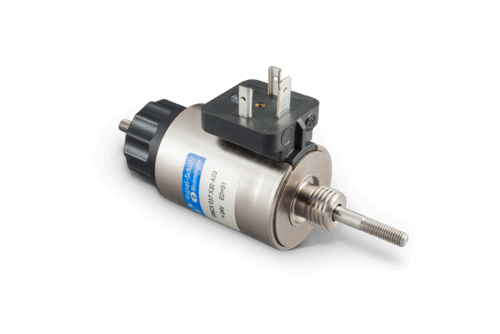
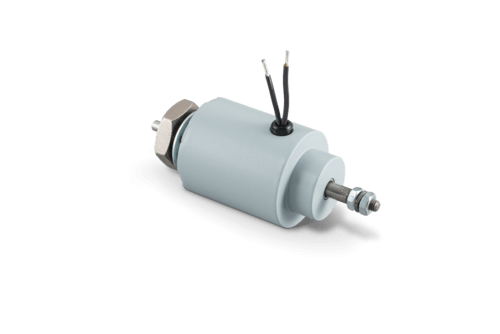
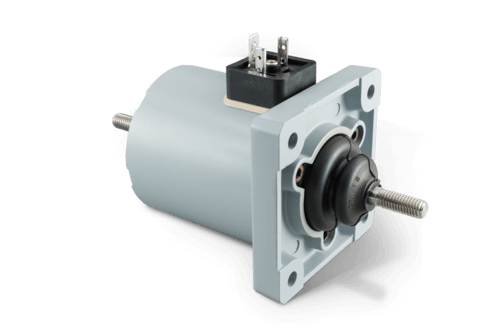
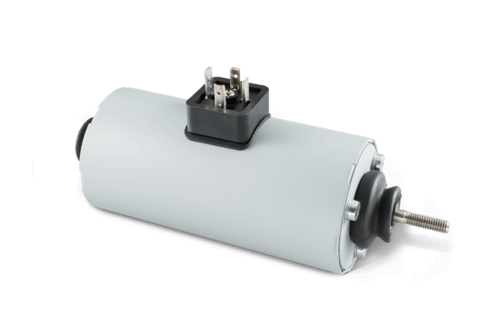
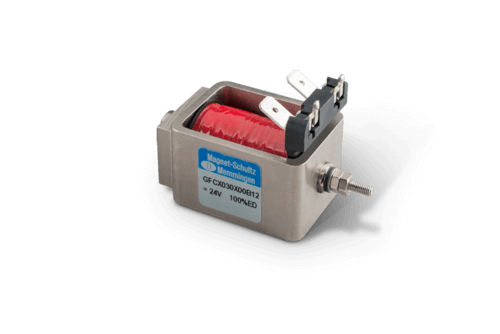
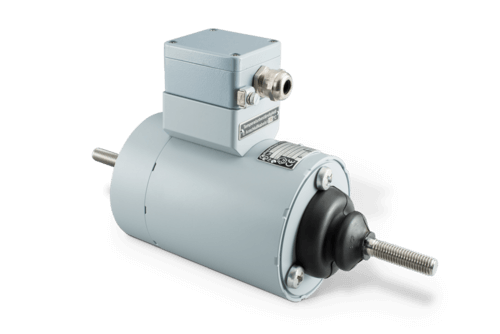
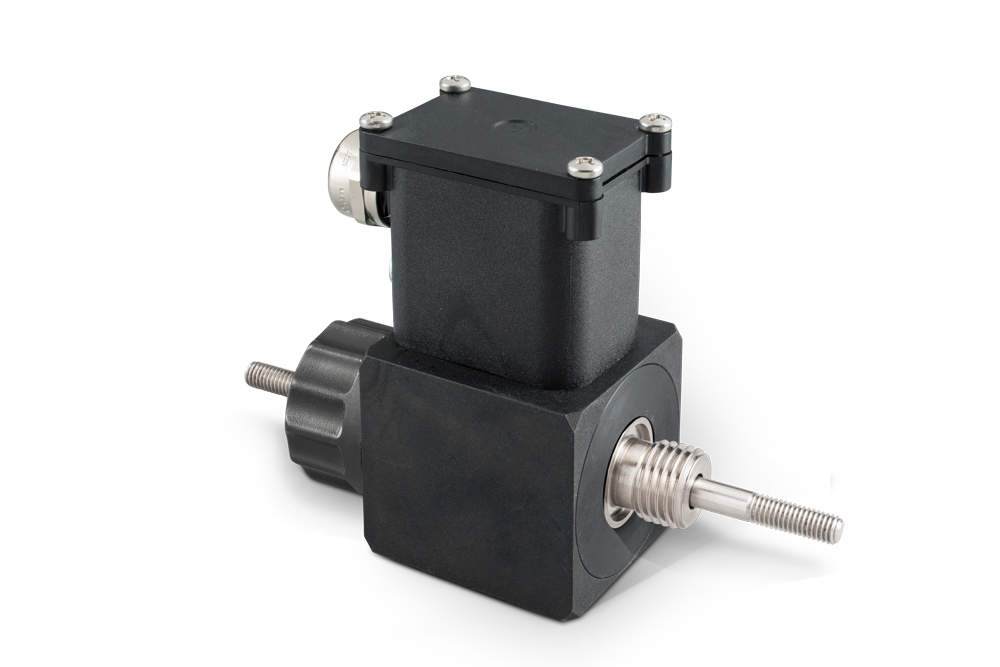
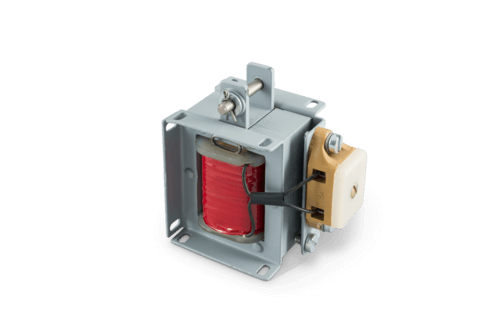
 +49 8331 1040
+49 8331 1040 info@magnet-schultz.com
info@magnet-schultz.com